In the dynamic world of business, bottlenecks and inefficiencies can be major roadblocks that hinder growth, disrupt operations, and drain resources. These bottlenecks, which occur when processes slow down or get stuck at a particular stage, can lead to frustration, decreased productivity, and missed opportunities. However, with the right strategies and a proactive mindset, businesses can effectively tackle jam-ups and drive greater efficiency across their operations.
Identify the Bottlenecks
The first step in dealing with bottlenecks is to identify them. Conduct a thorough assessment of your business processes to pinpoint areas where delays or congestion occur. This could involve analyzing data, observing workflows, and gathering feedback from your team members. By identifying the specific bottlenecks, you can better understand the root causes and develop targeted solutions.
Prioritize & Analyze
Once bottlenecks are identified, prioritize them based on their impact on your business. Some bottlenecks might have a more significant effect on overall operations, revenue, or customer satisfaction. After prioritizing, analyze the underlying factors contributing to each pinch point. Is it a lack of resources, outdated technology, inefficient workflows, or something else? Understanding the root causes will guide your efforts toward effective solutions.
Streamline Processes
Streamlining processes is a key strategy to eliminate bottlenecks and inefficiencies. Look for opportunities to simplify workflows, remove unnecessary steps, and automate repetitive tasks. Embrace technology solutions that can help optimize processes, such as project management software, CRM systems, or inventory management tools. Integrating these tools into your operations can enhance visibility, collaboration, and overall efficiency.
Implement Agile Solutions to Bottlenecks
Flexibility is crucial when addressing bottlenecks, as solutions that work today may not be effective tomorrow. Implement agile solutions that can adapt to changing circumstances. This might involve cross-training team members to perform multiple roles, reallocating resources based on demand fluctuations, or designing processes that can scale as your business grows. An agile approach ensures that you’re equipped to tackle bottlenecks as they arise and evolve.
Continuous Improvement & Monitoring
Addressing these obstacles is an ongoing process. Establish a culture of continuous improvement by regularly monitoring your processes, collecting data, and seeking feedback from your team. Use Key Performance Indicators (KPIs) to measure progress and identify any new obstructions that may emerge. Regular reviews will help you stay proactive and responsive, preventing bottlenecks from becoming recurring issues.
Challenges and inefficiencies are common obstacles for businesses of all sizes, but they need not hinder success. By identifying chokepoints, analyzing root causes, streamlining processes, implementing agile solutions, and fostering a culture of continuous improvement, you can effectively overcome these obstacles and pave the way for increased efficiency and growth. Embrace these strategies and empower your business to thrive in a competitive landscape.




